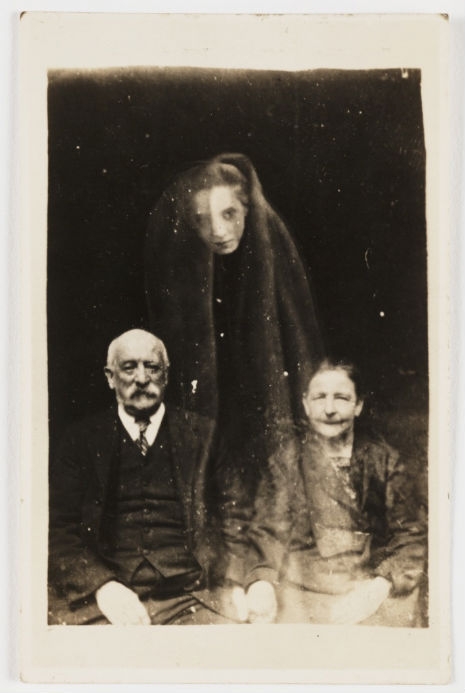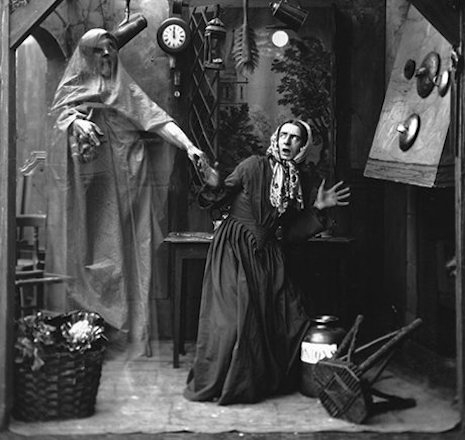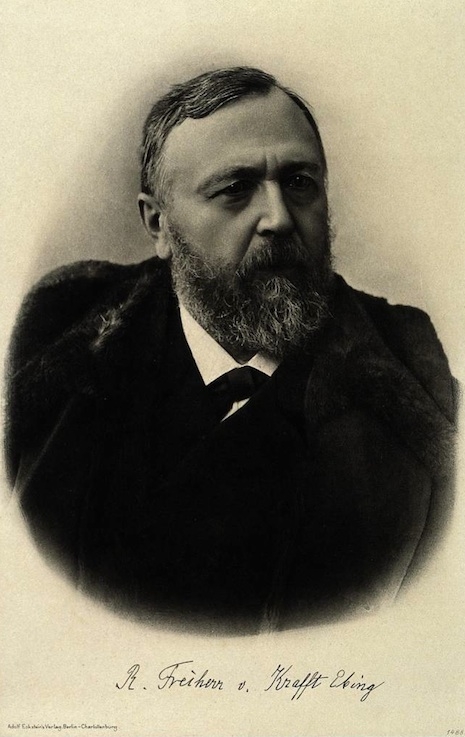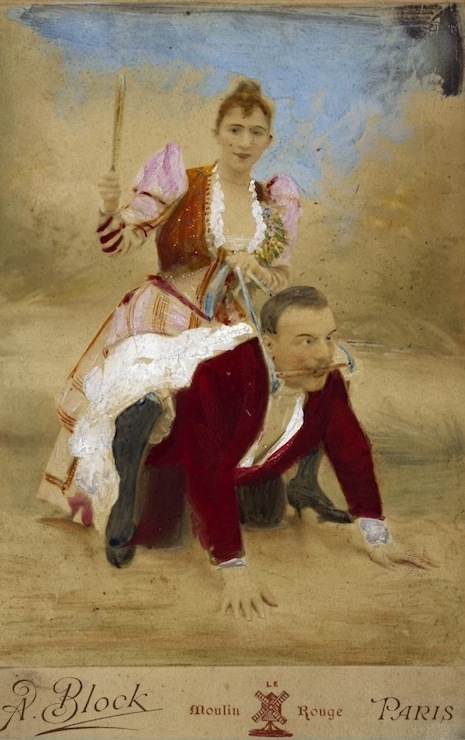
Part the First, being the tale of a haunting in rural England in the 1920s.
Almost a hundred years ago now, out on the fields and winding lanes by Curry Rivel in Somerset, there came stories of the ghostly apparition of a woman who walked at night. A woman dressed in black, her face sinisterly veiled. It was said that anyone who ever looked upon this specter’s face, looked into her blackened soulless eyes, would be struck dead on the very spot where they stood.
Who was this ghost?
Some said she was the spirit of an old governess who had lost her charges in some terrible accident—most likely drowned by the old weir—who now roamed the misty meadows and hedgerows looking for their bodies to bring them home once more. Others said she was an evil wraith looking to snare the unwary soul.
When children wouldn’t go to sleep at night, their mothers told them to close their eyes or the woman in black would find them out and feast upon their bones.
Terror gripped the sleepy village. It became so bad that some would ne’er leave their houses after sundown for fear of meeting the dreaded woman in black.
For four years, this ghostly figure was seen by moonlight drifting over fields, wandering brambled lanes, waiting at the crossroads for hellbound travelers.

Then one night, a group of men gathered in the local pub, the King William Inn. The sightings of the woman in black had been more frequent of late and the villagers said that when the black specter is seen three times in a week someone was going to die….
Find the secret of the ghostly woman in black, after the jump…







